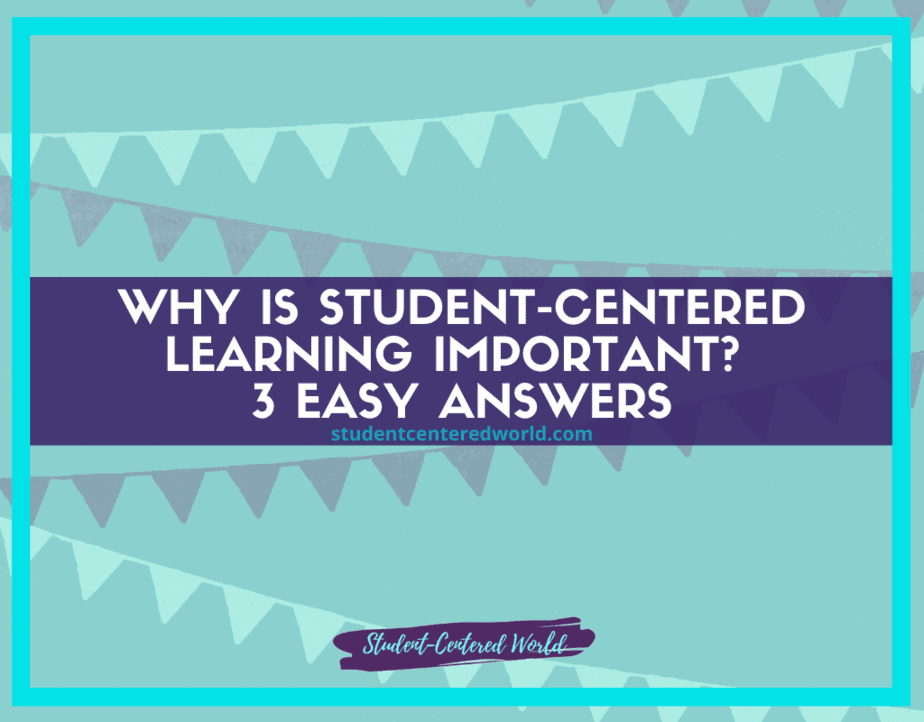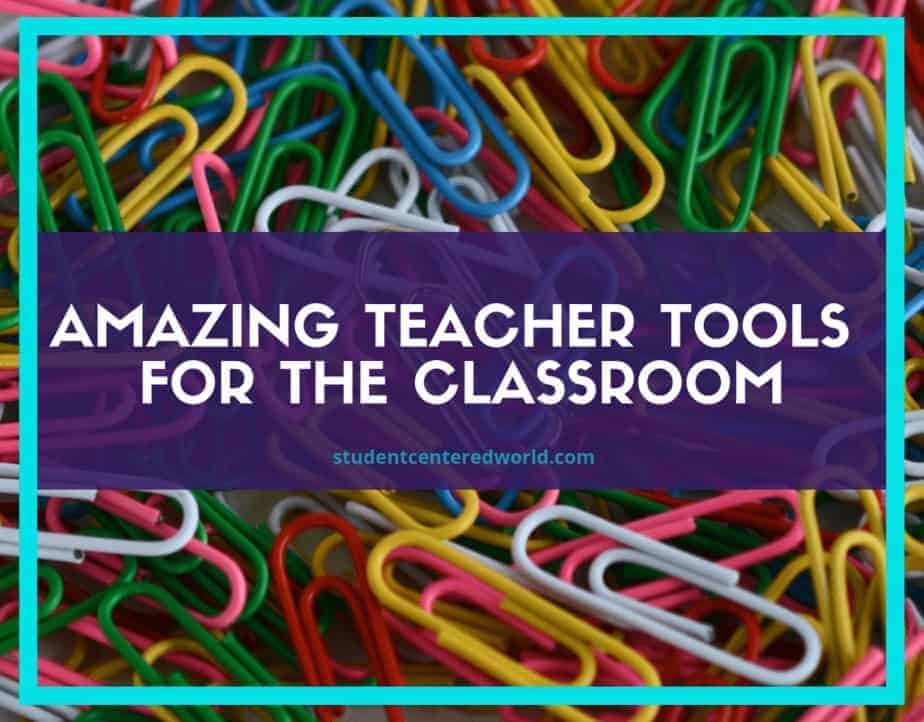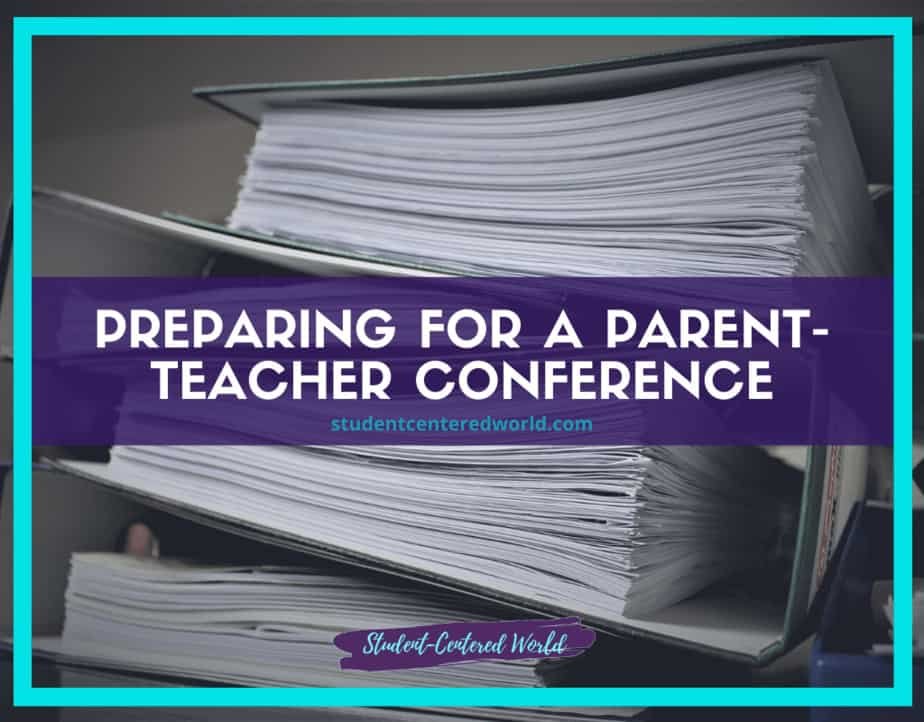Simple Student Online Learning Tactics for the 21st Century Classroom
Student online learning is nothing new, but certainly, the COVID-19 pandemic thrust this concept into the mainstream. Now, almost everyone is talking about online learning in one form or another. Some are hand-wringing about the future of education, while others are writing love songs to this online revolution.
The thing is, not everyone has the same definition for what they mean by online learning and student online learning. In fact, there seems to be a pretty wide spectrum of definitions on both ends of the spectrum.
Students have been taking online courses for a while now (even in K-12 education), and so has the general population. What’s new is that we all seem to be able to easily access all sorts of online learning experiences. I remember scouring the web when I first started incorporating technology into my class to find a good site that had free videos to help supplement my lesson plans, but now if my favorite learning sites don’t have dozens of free videos, blog posts, tips, and more, I wonder what is going on.
Turning the Learning Experience Global
One of the key pieces of being so tech-centered is the fact that now student online learning can turn global. I did a number of projects in class where I found my students classes from around the world to collaborate with on topics we were both covering (my favorite was when we paired with a class in Germany to compare and contract our family stories about World War II…I don’t know who learned more from that activity: the students or the teachers).
Student online learning can help collaboration both inside and outside of the classroom. When you ask students to collaborate online, it is important to note that this tends to be much different from in-person collaboration when using student-centered learning. Many of the examples that a traditional classroom relies on are missing from online examples. With online examples of student-centered learning, students may need to do the work by themselves or rely on examples and help from other students.
If you have students working in groups, consider the example of a group project utilizing student online learning. One student may take on the responsibilities of managing communication with other team members while another student handles the gathering and organizing of the information.
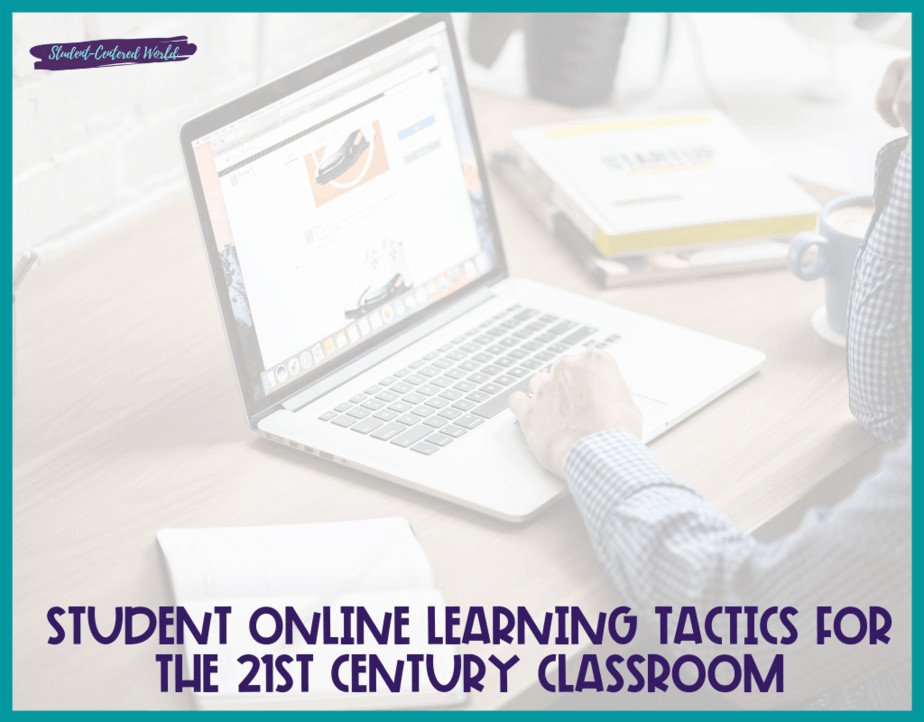
When it comes to online collaboration, you must be certain that students feel safe sharing their ideas and contributing to each others’ work. This is much easier in an in-person context than online, so it should be a focus. Students may need to be reminded that they can indeed contribute to others’ work and that their contribution is welcomed.
Students who are new to online groups or collaborating are more likely to have a hard time sharing their ideas but will see an increase in self-confidence as they become more used to the environment, just as would be expected in real life.
Encouraging students’ contributions is something that must be done both online and IRL (in real life), but it may require different methods online. Rather than encouraging contribution through praise and positively reinforcing participation in groups, there are other ways one could approach this issue.
Online, positive encouragement could be in the form of direct feedback from peers. When one person tries to contribute something but is having a hard time doing so, other students can give immediate guidance and help point out where mistakes are being made.
These kinds of responses will not only help the student through their struggles with the subject matter but will also reinforce the fact that everyone can get feedback and comments on their work.
Collaboration in Student Online Learning
Once you have decided to implement online collaboration into your classroom, it is essential to remember that students’ needs will change based on the subject matter and the way that material is presented.
For example, imagine that you are teaching a large class of students who do not know each other well. In this situation, you may want to have them collaborate in groups and get to know one another better before tackling the material itself.
Many subject-specific courses will already come with an extra level of collaboration pre-built into the course. For example, if your students are working on a research project or writing a report, they may have to collaborate with each other through the whole process rather than just for part of it.
There are many advantages to this kind of collaboration over independent work and more traditional peer-to-peer feedback. It is an excellent way to ensure that your students’ abilities are being assessed in a way that is more reliable than solely teacher evaluation.

It also gives your students a chance to build connections with their peers who may share similar interests or even be in different stages of the same project at any given time. Helping some students out through collaboration will not only give them support but will also enforce the idea that everyone can both contribute to and benefit from the knowledge of other people.
The Positive Ramifications of Student Online Learning
Students can also learn to trust each other by collaborating in this way, rather than just trying to complete a project on their own or with occasional guidance. Collaboration may show students that everyone is capable of doing good work, and it will also give them opportunities to feel helpful and important as they help their friends and classmates.
One of the best features about this kind of collaboration is that it can happen at any stage in the project, whenever you feel that students may need another person to bounce ideas off of or get feedback from someone who has already seen what was done so far.
Projects might be split up among groups at different stages of completion, and it is up to them to plan out how this will work and make sure that they can communicate effectively.
Online collaboration takes time to get used to, so you should give your students some practice with these kinds of projects before you ask them to do a large assignment or exam in which they have been given access to each other’s writing.
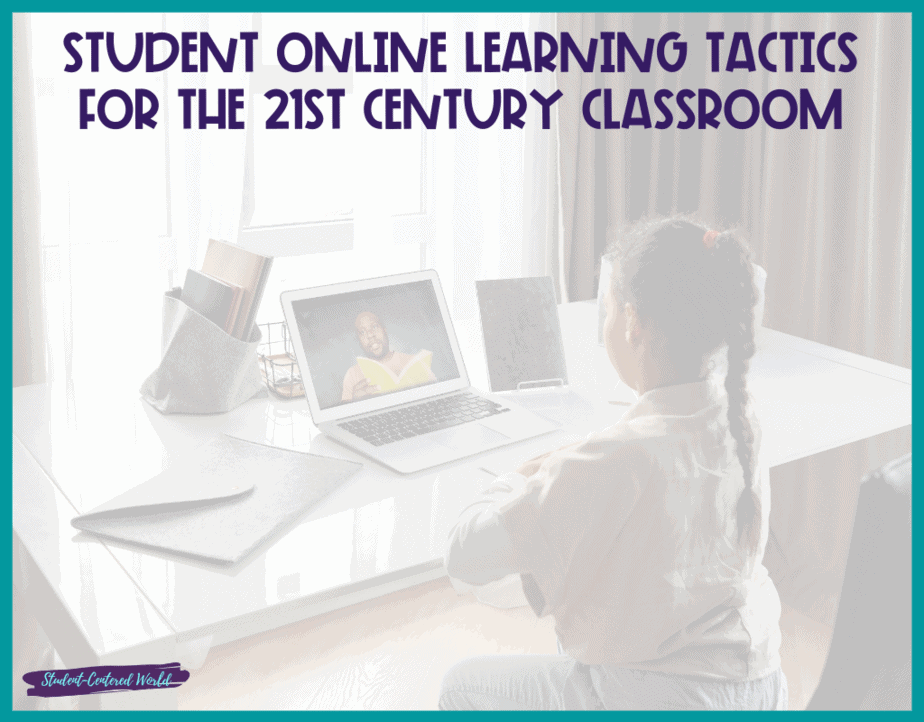
Teaching students how to use online collaboration platforms can also be a challenge, so if you have not done so already it is important that you familiarize yourself with the tools your class will be using before you start requiring them of your students.
It is important to teach your students what topics may be discussed in each place and to explain what you will be judging them on besides the content of their writing, such as length or grammar. This is also a good way of utilizing student online learning since you can post a video or PowerPoint explaining the expectations. This will save you time as well since you won’t have to discuss these rules each time you see them in your room.
I also like to encourage students to write after a certain amount of work has been completed. For example, if they only have 10 problems left in their math homework, why not write about those 10 problems. Have them write about the steps they used to solve each problem, where they found the information they needed, and how long it took them. I like this approach because if a student has any problems or questions with their homework, he/she can ask for help in writing his/her thoughts and potentially communicate with other students who are having similar issues. All this is possible because of online programs and experiences.
Student Online Learning Facilitation
From there, it is important to facilitate discussions during class time as well, so that students are getting feedback on those skills that they need to master in order to make sure that their online collaborations are productive and helpful for everyone involved. This kind of ongoing practice may require you to design prompts for your students that are a little more open-ended, but it will also help you determine if the class as a whole understands what kind of effective collaboration should look like and how they can get started doing it on their own.
Stop Driving the Teacher Struggle Bus
Are you struggling with student engagement, apathy, or keeping your class on track?
💫💫 There’s hope! 💫💫
Join my free teacher workshop “Choosing Choice” and in just 60 minutes, you’ll craft a practical plan to revitalize your teaching. Discover the magic of student choice in boosting engagement, gain quick implementation ideas, and explore strategies for year-long success.
Unlike overwhelming workshops, my approach guides you in real-time, providing more classroom options, reducing stress, and giving you more personal time.
Plus, you’ll earn a 1-hour professional development certificate and have 7 days of access.
Don’t miss this chance to transform your teaching; click below to secure your spot now!

